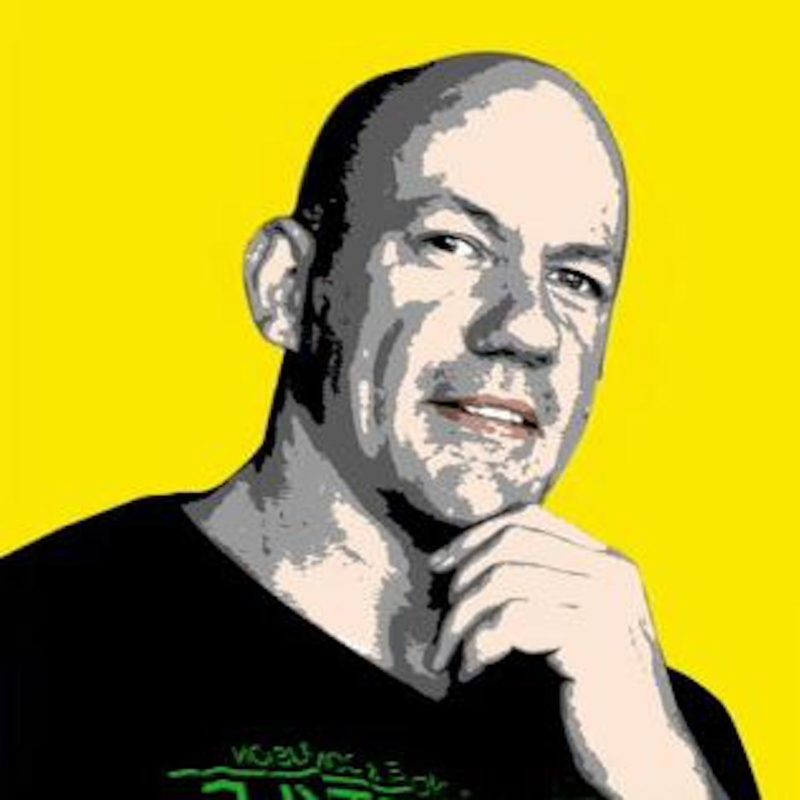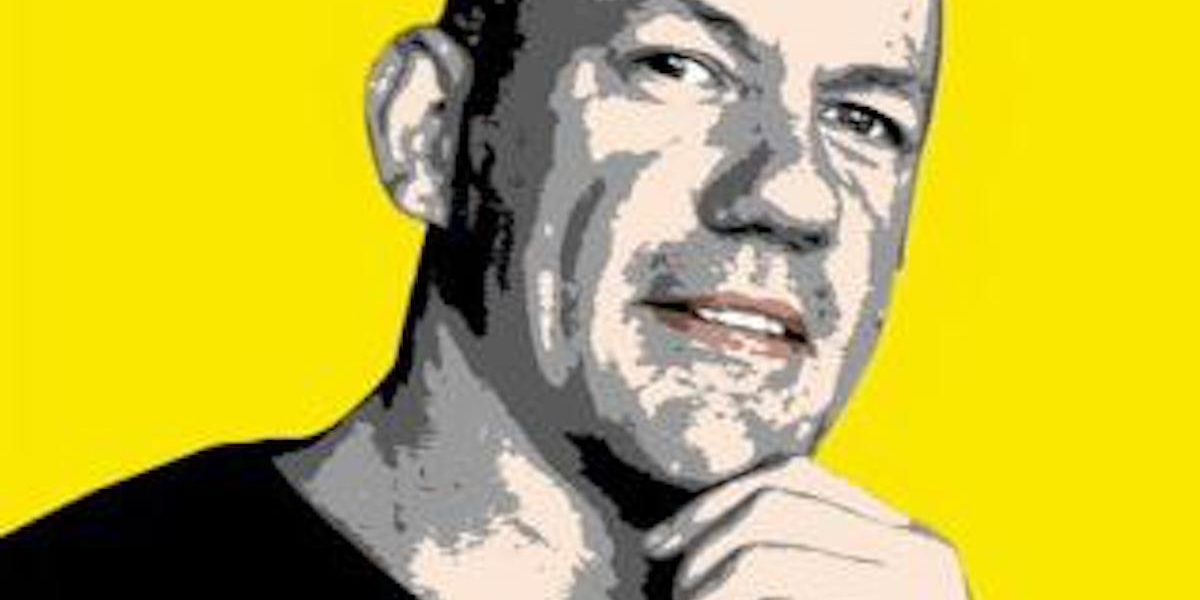What is a Disruptive Mindset?


This week’s blog comes from Stu Lloyd,Chief Hothead, Hotheads Innovation.
Stu is a brilliant Storyteller (as you’ll see from this blog!) and he’s also a Serial Disruptor so we couldn’t think of anyone better to write this blog.
We hope you enjoy it as much as we did and you’ll find links to his website, fantastic book and socials at the end.
Uber, AirBNB, Amazon, Netflix. Wouldn’t you love to create a company of even 1/10th their market valuation?
They are of course the poster-children for “disruptive” innovation, the rare examples of total platform disruption because they changed their respective games completely and irreversibly.
Before: we used to drive down to Blockbuster, hoped to find a DVD we liked, paid to rent it for the night (and paid overdue fees if we were late in returning it).
After: we lie back on our couch, and scroll through the movies carefully curated for us by Netflix. We can watch 100 movies a month, or none. It costs the same. Thanks to founder Reed Hastings being disaffected.
Before: we stood in the cold rain praying for a vacant taxi to happen along.
After: we stayed dry in the lobby, opened an app, and confirmed our Uber driver had already arrived before we ventured outside. Thanks to founder Travis Kalanick being disaffected.
And the leadership lesson here is that these businesses were mostly born of a restless dissatisfaction with the status quo. Sure, Blockbuster did the job well enough. So did Accor hotels, the local taxi service, and that cosy bookshop on the corner.
But in each case of these new super-brands was a founder (or founders) who was convinced there must be a better way of delivering an end-point objective. A hassle-free car ride. Access to hitherto local accommodations and experiences. The ability to buy books – and everything else imaginable – with a single click. Or access to the world of Hollywood and Bollywood without leaving your couch.
And in most cases the delivery is not just 1% marginally incrementally better, but 10X explosively exponentially better.
Who’s crazy now?
Of course, every one thought they were crazy. They surely copped some ridicule from their friends. Some push-back from their bank managers. Because nobody else could see how or why the current model could or should be utterly disrupted, or why the person in front of them should be the one to pull off that revolution.
Here’s the thing … the bigger and braver the idea, the more immediate and firm the push back will be. Guaranteed! Weaker personalities might back down in the face of such persistent adversity. “Well, maybe I was wrong anyway seeing as how you all disagree with me.”
Only through dogged persistence, experimentation, testing, and promotion, a new normal is finally born. And we love it. Then suddenly the idea is obvious to everyone. And everyone rushes to be the first to be second in that new category. Cue the herd mentality.
Those who follow are not disruptors – they are imitators, because the disruptive heavy-lifting has already been done, enabling us mere mortals to see another possible future.
So how to be a disruptor?
Simple. Firstly, be really pissed off about something. Secondly, figure out a radically better (cheaper, faster, more elegant) way to deliver that thing. Thirdly, make it happen.
Having said that, I should be changing the game of banking. Don’t get me started … such bungling incompetence at grand scale, yet they own the tallest buildings in most cities around the world. That great disruptor Elon Musk figured out bankers were “rich but dumb” while working as a clerk for the Bank of Nova Scotia. His strong disaffection pointed him in the direction of PayPal as a better solution for transferring funds.
So why don’t we see more genuinely seismic disruptions?
Mainly because corporate bureaucracies are an immune system that are resistant to new ideas and will do their best to kill them off (even though the CEO is furiously waving the “innovation” banner).
And too many are happy to sacrifice their dreams and ideas at the altar of the corporate salary rather than say, “Stick it – I’m off to change the world!”
You’ll note that none of the new breed of super-brands came from inside an existing corporation. Outsiders see things more clearly, and have the behavioural freedom to swim against common wisdom, to experiment, to fail, to miss deadlines, etc which corporations simply don’t allow.
Because typically corporations are managing for efficiency not for experimentation.
The new innovator’s dilemma
Are you an explorer who is really open to uncertain outcomes?
That’s really the mindset we need to adopt to perform better at innovation.
And there are a couple of questions you might want to use to guide you toward a more disruptive thinking mindset:
What am I really frustrated by?
Peter Thiel, one of the co-founders of PayPal, also has a great question:
“What important truth do very few people agree with you on?”
I dare you to spend five minutes thinking about those two questions. Be brave, be honest. Perhaps the answer looks very different to the direction your business, company or industry is headed in at the moment. Great! Because – to paraphrase General George Patton — if everyone’s thinking the same thing, then someone ain’t thinking.
And if you can’t think of really good answers to these questions, you might soon find you have a lot more time to sit on the couch and watch Netflix. For all the wrong reasons.
You can follow Stu’s provocative postings at https://hotheadhacks.mykajabi.com/blog
Stu’s new book ‘Killer Questions – How to Shape Better Questions to Create Explosive Breakthroughs’ is now available at stulloyd.com
Facebook – Stu Lloyd
Twitter – @realstulloyd
Linkedin – Stu Lloyd
